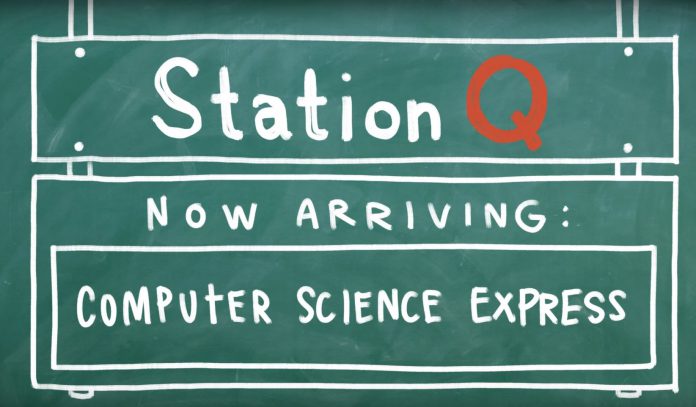USyd worked alongside Microsoft and Stanford University to create a miniaturized component it believes “essential” for the scale-up of Quantum computing. The Microwave circulator ensures electrical signals only flow in one direction, similar to devices in radar systems and more. Usually, however, those devices are quite large. USyd has shrunk them by a factor of one thousand, from the size of a human hand to a device that can fit on a chip. The breakthrough also marks the first practical application of topological insulators, a phase of matter discovered in 2006. Topological insulators are used to slow the speed of light in the material. USyd explains, “Manipulation of these materials provide a pathway to construct the circuitry needed for the interaction between quantum and classical systems.”
‘It’s not just about Qubits’
Though it’s a significant step forward, it also points to just how much work there is to be done. “It is not just about qubits, the fundamental building blocks for quantum machines. Building a large-scale quantum computer will also need a revolution in classical computing and device engineering,” explained professor David Reilly, leader of the Sydney team. “Even if we had millions of qubits today, it is not clear that we have the classical technology to control them.” Its latest development is a step in that direction, and the team will have the support of Microsoft to take it further. The Redmond giant has provided AU$150 million in funding and will assist with recruitment and technical support.




